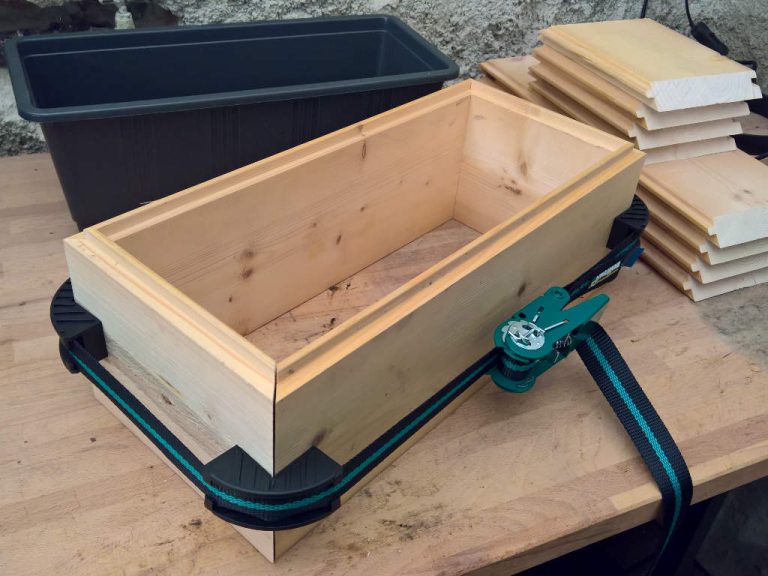Circular Saws: An In-Depth Look at This Essential Cutting Tool
Circular saws are highly valued for their ability to make clean, straight cuts in various materials. In this article, we’ll discuss the basics of how circular saws work, what materials they can cut, how to select the best blade, and the safety practices you should follow. Additionally, we’ll explore the relevance of geocomposite product data for construction projects.

What is a circular saw, and what is it used for?
A circular saw is a versatile power tool that uses a rotating blade to cut through materials such as wood, metal, and plastic. Available in both corded and cordless versions, circular saws can be handheld for convenience or mounted for more precise operations. Corded models offer consistent power, while cordless ones provide greater mobility.
What types of materials can a circular saw cut?
Circular saws can cut through a variety of materials, depending on the blade:
- Wood: Common for cutting lumber, plywood, and boards.
- Metal: With specialized blades, circular saws can cut through metal sheets, rods, and pipes.
- Plastic: Suitable for cutting PVC and other plastic components.
- Masonry: Equipped with a diamond blade, circular saws can cut concrete, bricks, and stone.
How do you select the right blade for a circular saw?
Choosing the right blade is key to achieving smooth and accurate cuts. Consider:
- Blade Material: Blades made of carbide are ideal for wood, while diamond-tipped blades are best for masonry.
- Teeth Count: Blades with more teeth deliver smoother cuts, while those with fewer teeth provide faster cutting but rougher edges.
- Blade Size: Match the blade size to your saw’s specifications, typically around 7-1/4 inches for most applications.
What safety tips should you keep in mind when using a circular saw?
Always prioritize safety when operating a circular saw:
- Use Protective Gear: Wear safety glasses, ear protection, and gloves.
- Secure the Material: Clamp down your workpiece to prevent it from shifting during cuts.
- Watch for Kickback: Hold the saw firmly and avoid twisting or turning it suddenly.
- Check Your Blade: Regularly inspect the blade and replace it if necessary.
Related Content:
For professionals in construction, understanding geocomposite product data is essential. Geocomposites are engineered materials used for applications such as drainage, reinforcement, and filtration. Their performance characteristics make them crucial in choosing the right products for large-scale projects.
Circular saws are versatile tools that provide efficient and accurate cutting solutions. By selecting the right blade, following safety protocols, and being aware of the materials you’re working with, you can achieve professional-level results. Moreover, for those involved in construction, understanding geocomposite product data offers significant value in ensuring the success of various infrastructure projects.

